At the end of the Muslim festival Eid al-Adha, or "Feast of Sacrifice" - which also marks the end of the Hajj, the annual pilgrimage to Mecca, Saudi Arabia. One of the pillars of Islamic faith, the Hajj must be carried out at least once in their lifetime by any Muslim who has the ability to do so. This year, nearly 3 million Muslims made the Hajj, without major incident, and are now returning to their homes across the world. Muslims who stayed closer to home celebrated Eid al-Adha, commemorating the the willingness of Ibrahim (Abraham) to sacrifice his son to God. Traditional practices include ritual prayers, the sacrifice of animals (usually sheep), distribution of the meat amongst family, friends and the poor, and visiting with relatives.
Muslim pilgrims perform the "Tawaf" ritual around the Kaaba at Mecca's Grand Mosque before leaving the holy Saudi city at the end of the annual Hajj pilgrimage on December 10, 2008. The official Saudi News Agency (SPA) reported that the most recent statistics put the total number of pilgrims this year at more than 2.4 million, almost 1.73 million from abroad and 679,000 from within the kingdom, mostly foreign residents. (KHALED DESOUKI/AFP/ Getty Images)
Muslim pilgrims pray in a circle around the Kaaba inside the Grand mosque in Mecca, Saudi Arabia, Friday, Dec. 5, 2008. (AP Photo/Hassan Ammar)
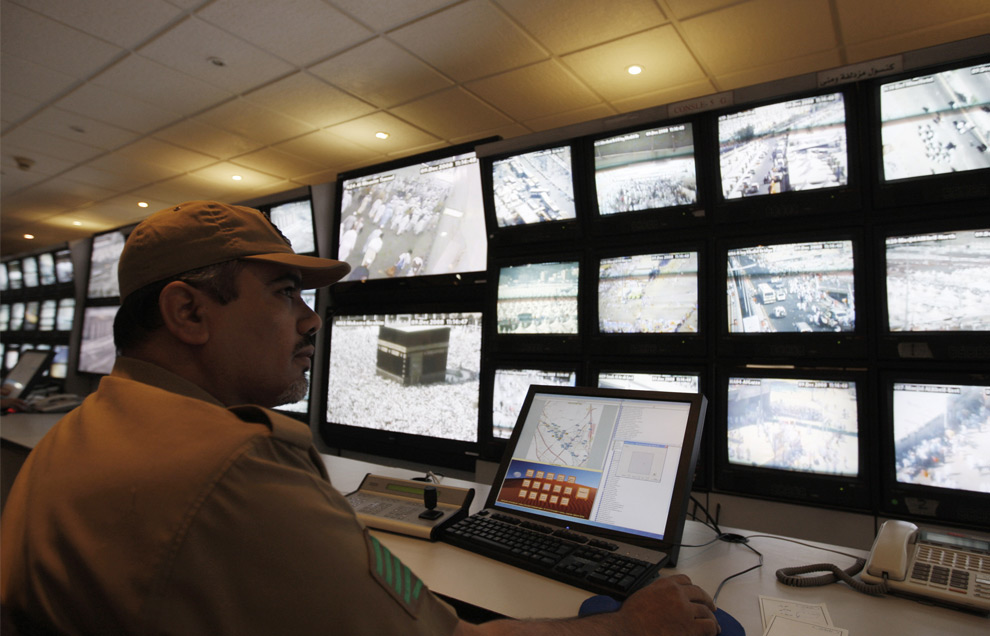
pilgrims are seen inside a building where, for three days, they will cast stones at pillars symbolising Satan in Mina, Saudi Arabia on December 9, 2008. More than two million Muslim pilgrims performed a second round of stoning walls symbolising the devil on Tuesday, as Hajj pilgrimage rituals neared their end. (REUTERS/Ahmed Jadallah) #
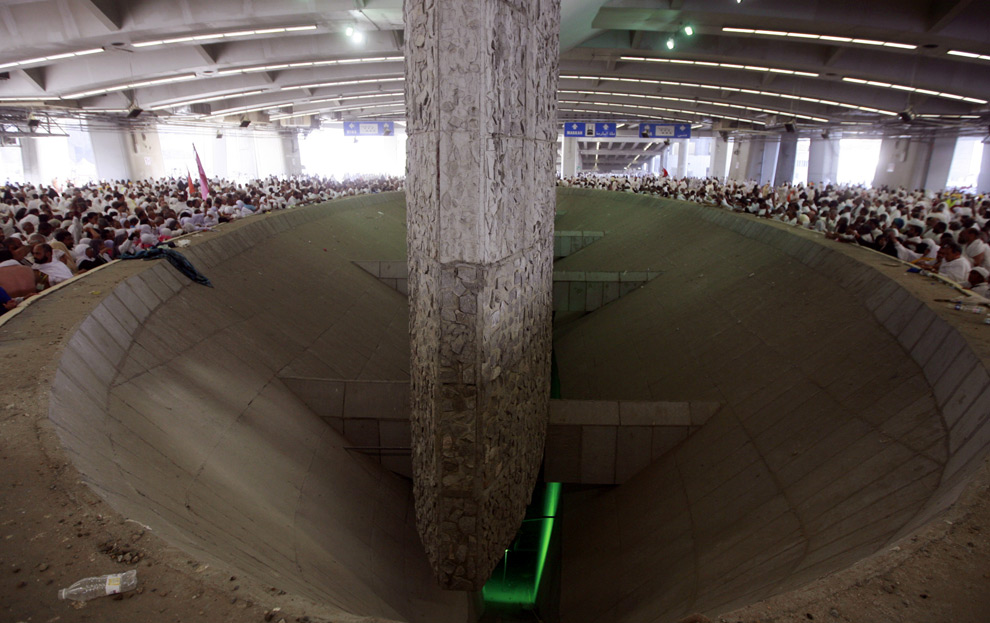
Thousands of Muslim pilgrims cast stones at a pillar, symbolising stoning Satan, in a ritual called "Jamarat," the last and most dangerous rite of the annual hajj, near the Saudi holy city of Mina on December 8, 2008. To complete the ritual, a pilgrim must throw 21 pebbles at each of three 25-meter (82-foot) pillars and this year the faithful are being given pebbles in pre-packed bags to spare them the effort of searching for the stones. (KHALED DESOUKI/AFP/ Getty Images)
A Saudi worker sews Islamic calligraphy in gold thread on a drape to cover the Kaaba at the Kiswa factory in the holy city of Mecca on November 29, 2008. The Kaaba cover is called Kiswa and is changed every year at the culmination of the annual Hajj or pilgrimage. The Kaaba, Islam's holiest site which stands in the centre of Mecca's Grand Mosque, contains the holy Black Stone which is believed to be the only piece remaining from an altar built by Abraham. (KHALED DESOUKI/AFP/ Getty Images) #
In New Delhi, India, Muslims offer Eid al-Adha prayers at the Ferozshah Kotla Mosque on Tuesday, Dec. 9, 2008. (AP Photo/Gurinder Osan) #
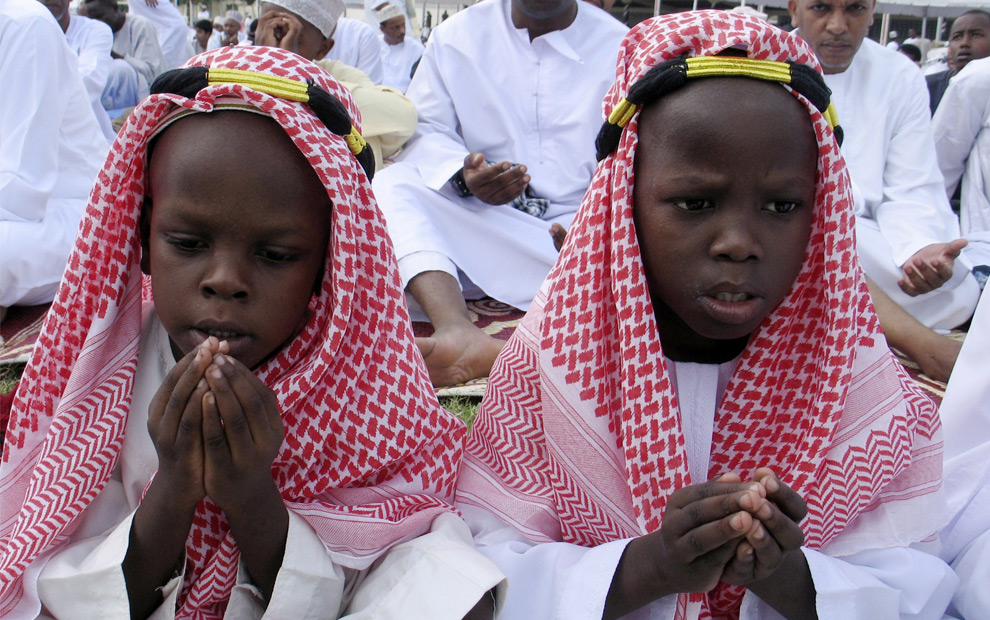
Faithful pray on the first day of the Muslim religious festival of Eid al-Adha in Kenya's coastal town of Mombasa, Kenya on December 8, 2008. (REUTERS/Joseph Okanga (KENYA)
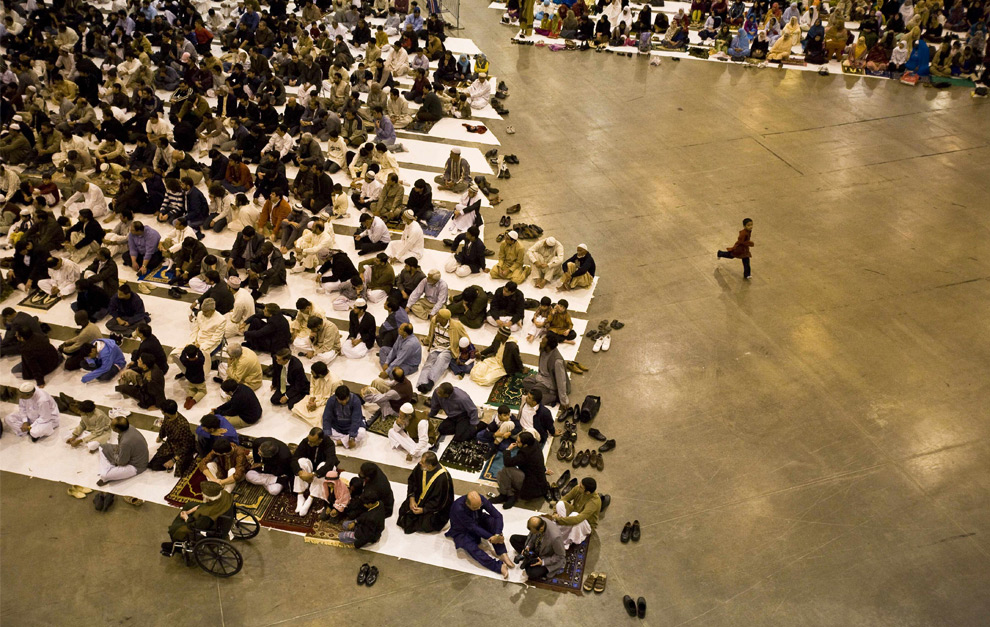
Some of the approximately 12,000-13,000 members from 19 mosques in the Islamic Society of Greater Houston gather on Moday, Dec. 8, 2008 to celebrate Eid-al Adha at the Reliant Center Hall in Houston, Texas. (AP Photo/ Michael Paulsen / Chronicle ) #
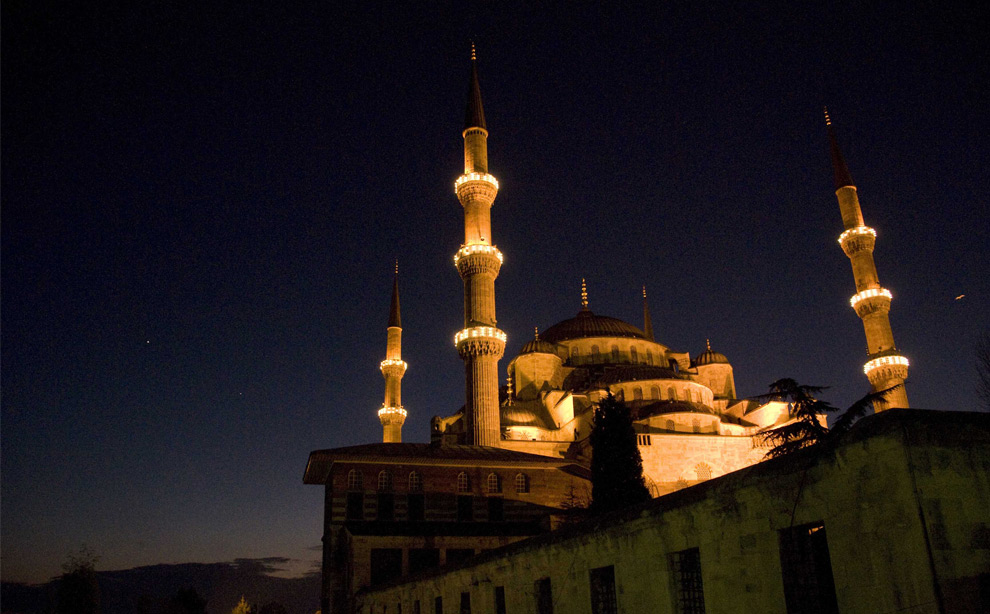
In Istanbul, Turkey, the Blue Mosque is seen at dusk on the first day of Eid al-Adha on December 8, 2008. (REUTERS/Tan Shung Sin) #
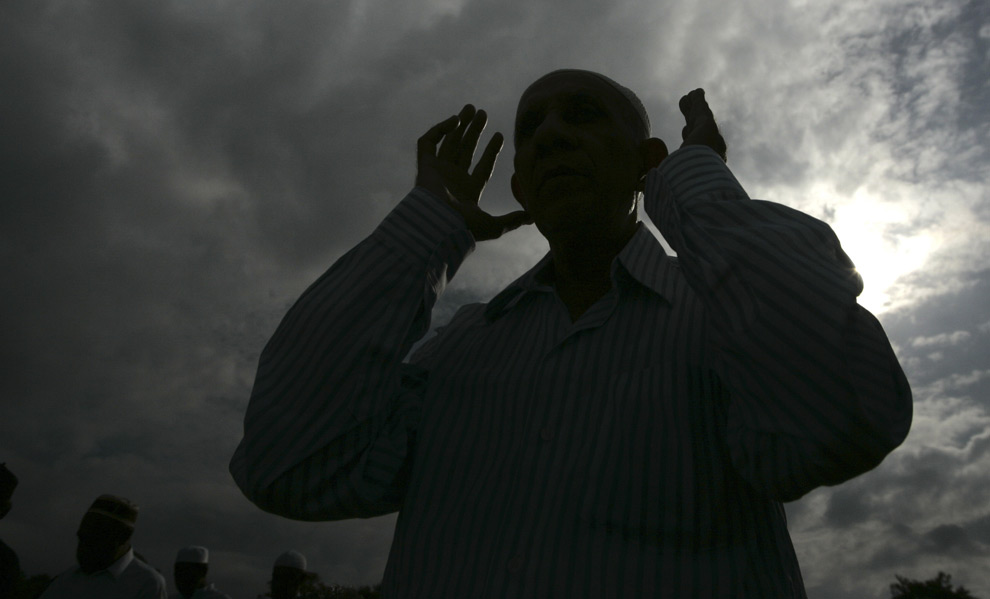
A Sri Lankan Muslim offers Eid al-Adha prayers in Colombo, Sri Lanka, Tuesday, Dec. 9, 2008. (AP Photo/Eranga Jayawardena) #
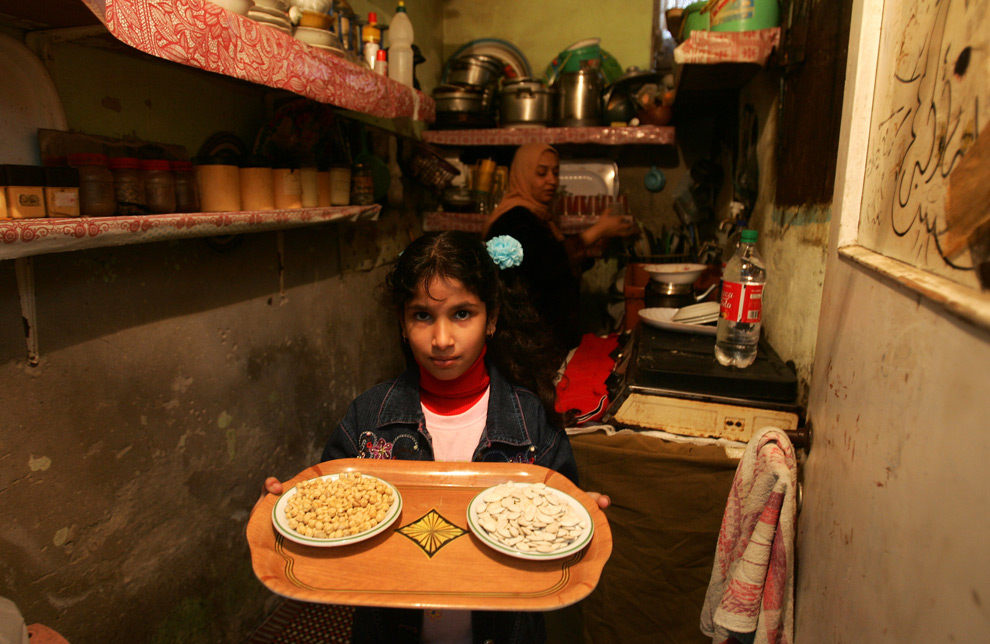
Salwa Al-Masri (back) makes tea for her family as her child helps prepare a humble celebration on the first day of the Muslim holiday of Eid al-Adha on December 08, 2008 in the Rafah Refugee Camp, Gaza Strip. Abed couldn't buy a sheep to slaughter as a part of Eid Al-Adha celebration. Most of the sacrificial animals in Gaza have been smuggled through tunnels between Rafah and Egypt as Israel still blocks their crossings with Gaza Strip. (Abid Katib/Getty Images)
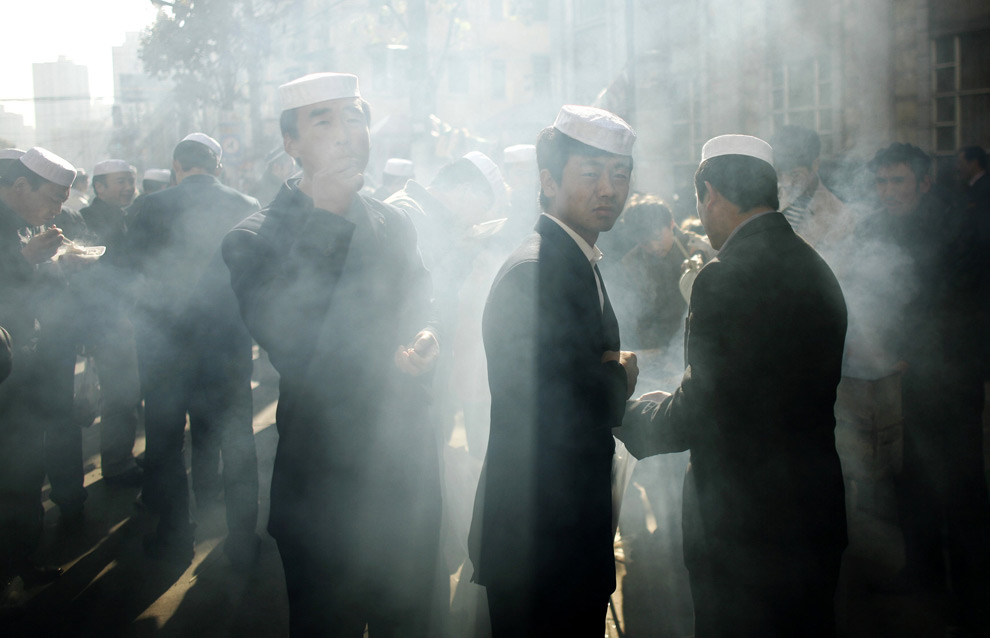
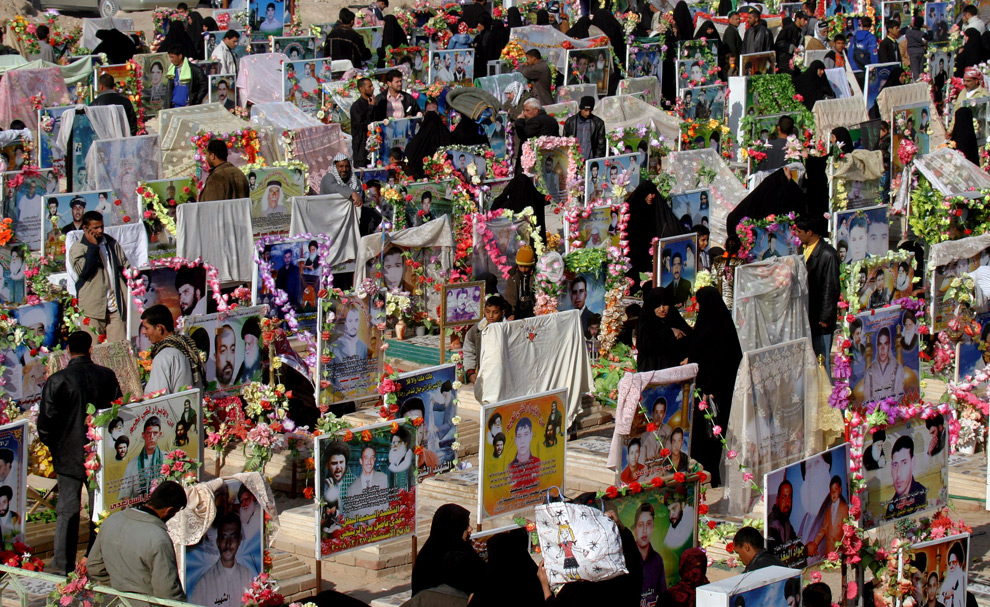
Plastic flowers and posters of the dead adorn hundreds of graves as Shiite Muslims visit the graves of loved ones at the Martyr's cemetery in the southern city of Najaf, some 160 kms from the capital Baghdad as Shiites mark the start of the Eid al-Adha on December 9 2008. (QASSEM ZEIN/AFP/Getty Images)
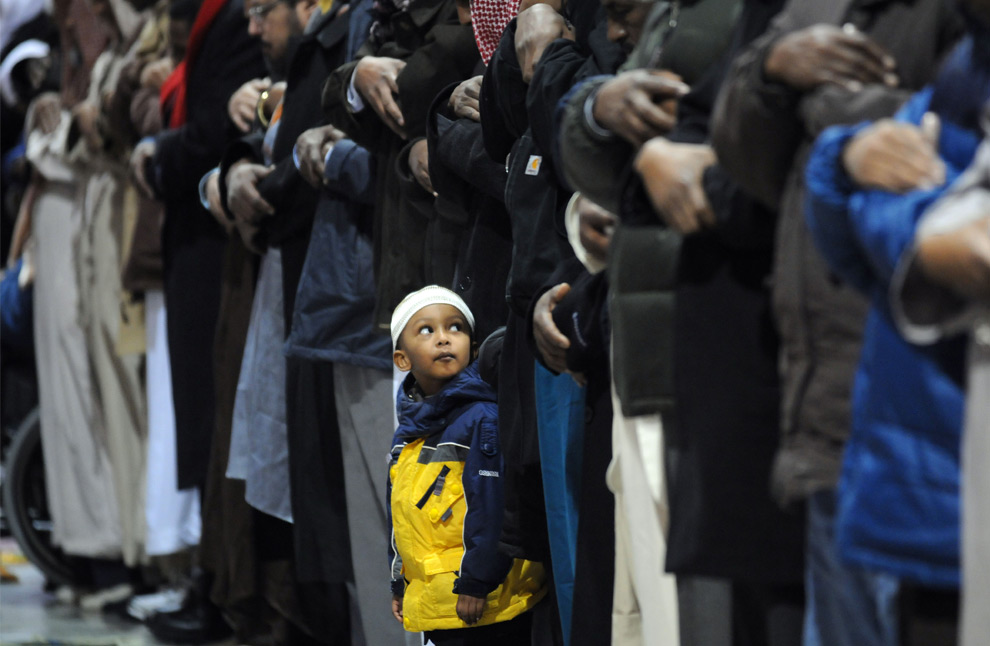
Muslims pray together to mark the Eid al-Adha holiday Monday Dec.8, 2008 at the Minneapolis Convention Center in Minneapolis, Minnesota. (AP Photo/Dawn Villella)
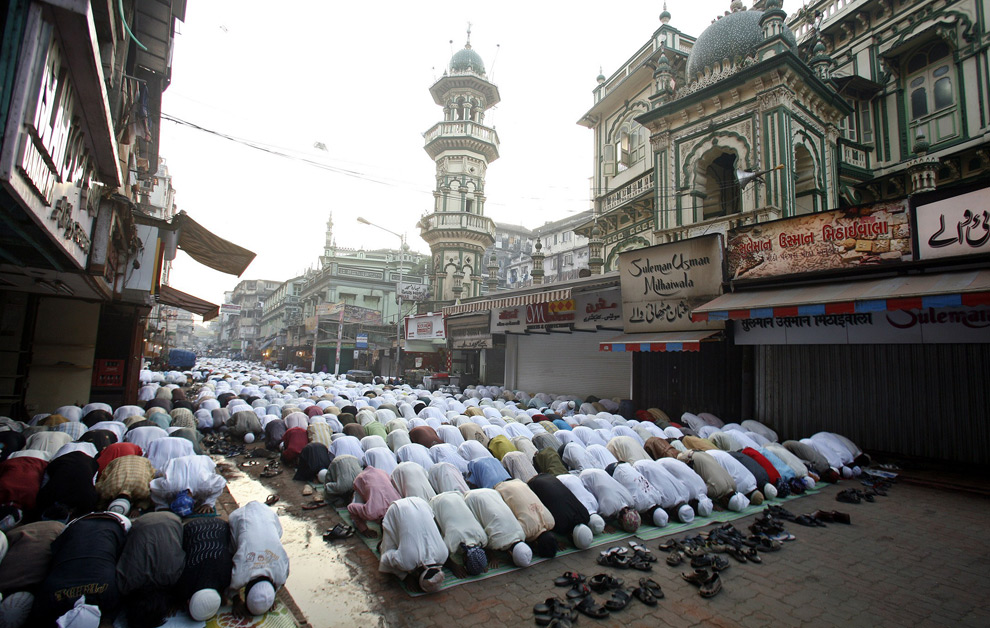
Indian Muslims pray together to mark Eid al-Adha in Mumbai, India December 9, 2008. (REUTERS/Jayanta Shaw)
A Palestinian smuggles a sheep into the Gaza Strip through a tunnel under the Egypt-Gaza border at Rafah on December 5, 2008. The Muslim holiday of Eid al-Adha, or the Feast of the Sacrifice which commemorates Abraham's willingness to sacrifice his son for God starts Dec. 8 during which sheep are traditionally slaughtered. The Rafah border post with Egypt is the only crossing into Gaza not controlled by Israel, which has enforced a blockade on the territory since Hamas, which Israel regards as a terrorist group, seized power there in 2007. (SAID KHATIB/AFP/Getty Images) #
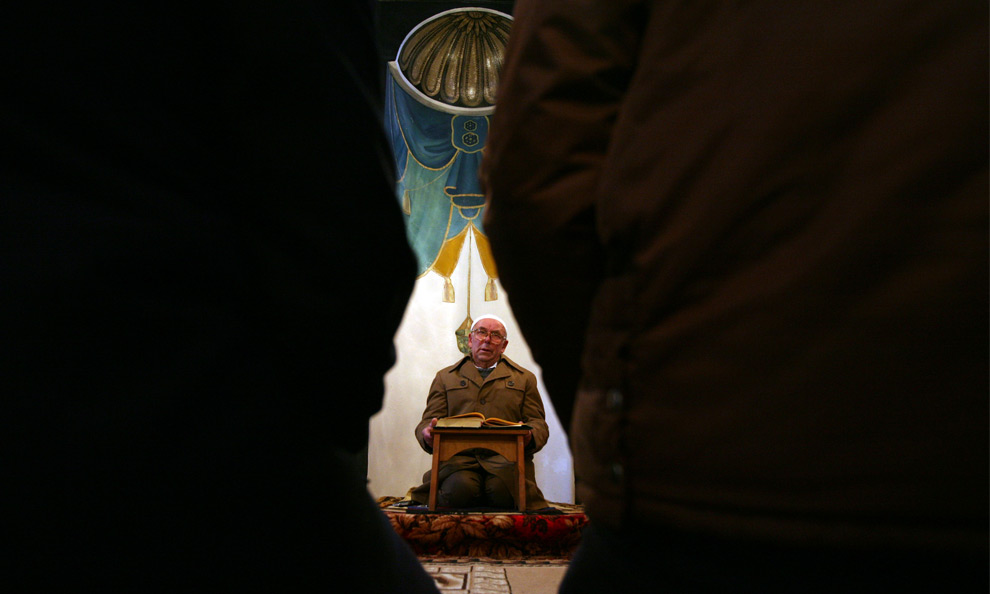
An Imam holds a mass for the Eid al-Adha Muslim Feast at a mosque in the town of Suvorovo, east of the Bulgarian capital Sofia, Monday, Dec. 8, 2008. (AP Photo/Petar Petrov)
An overcrowded passenger train is seen in Dhaka, Bangladesh on December 8, 2008. Millions of residents in Dhaka had started the exodus home from the capital city ahead of the Muslim Eid al-Adha holiday, which marks the end of the Hajj. (REUTERS/Andrew Biraj)
Iranian women perform the Eid Al-Adha prayers at Tehran University on December 9, 2008. (ATTA KENARE/AFP/Getty Images)
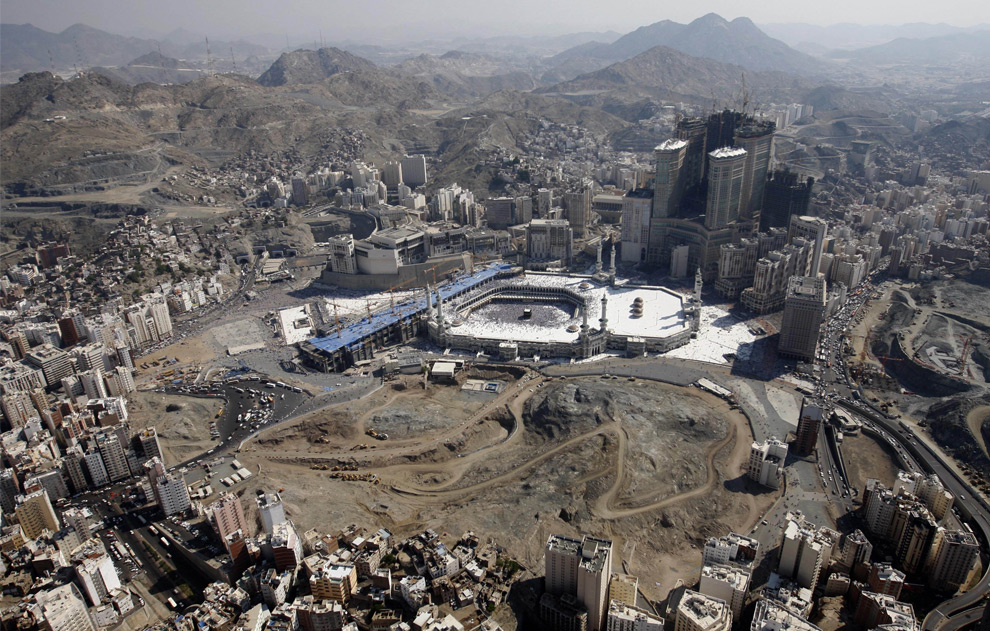
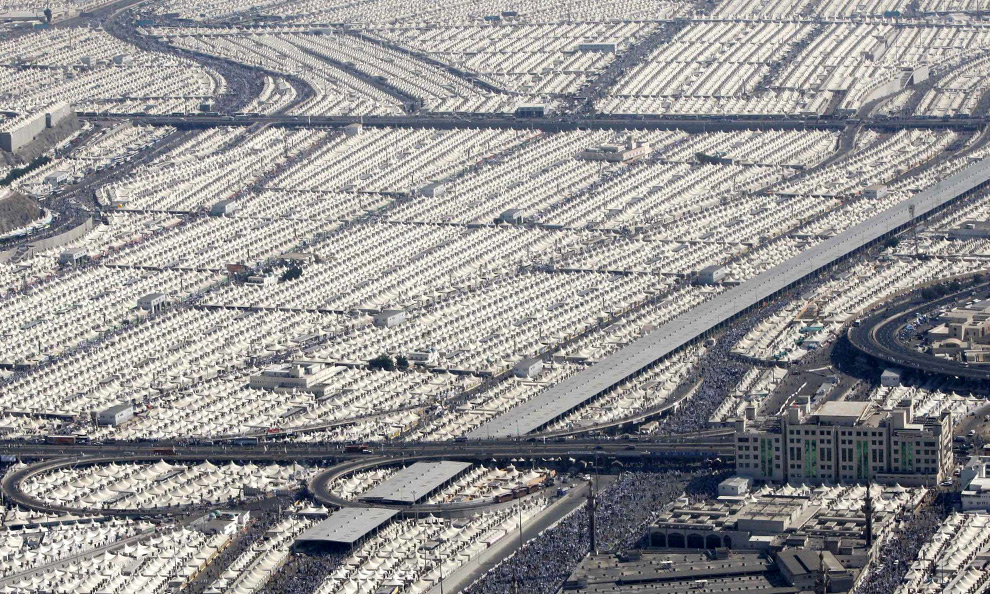
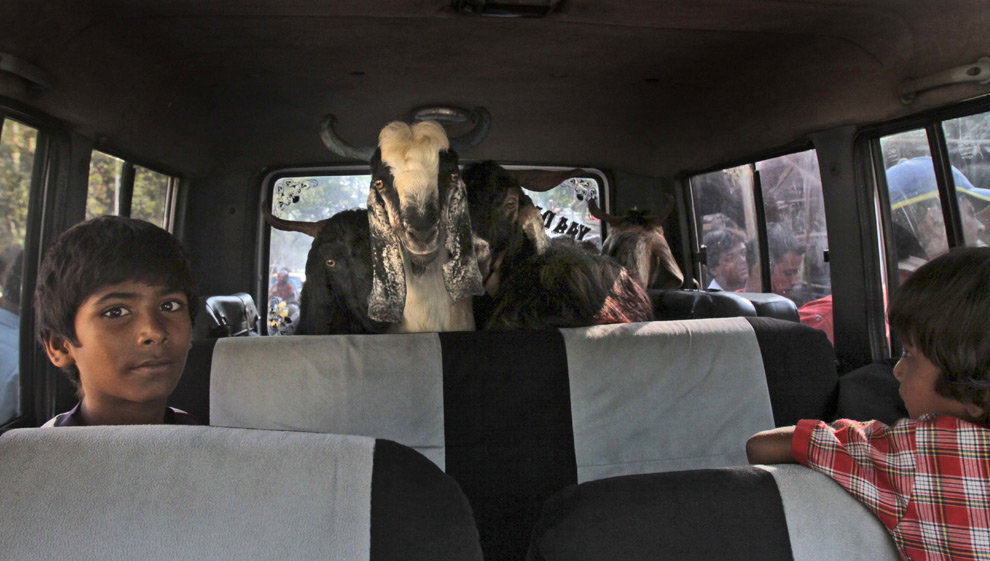
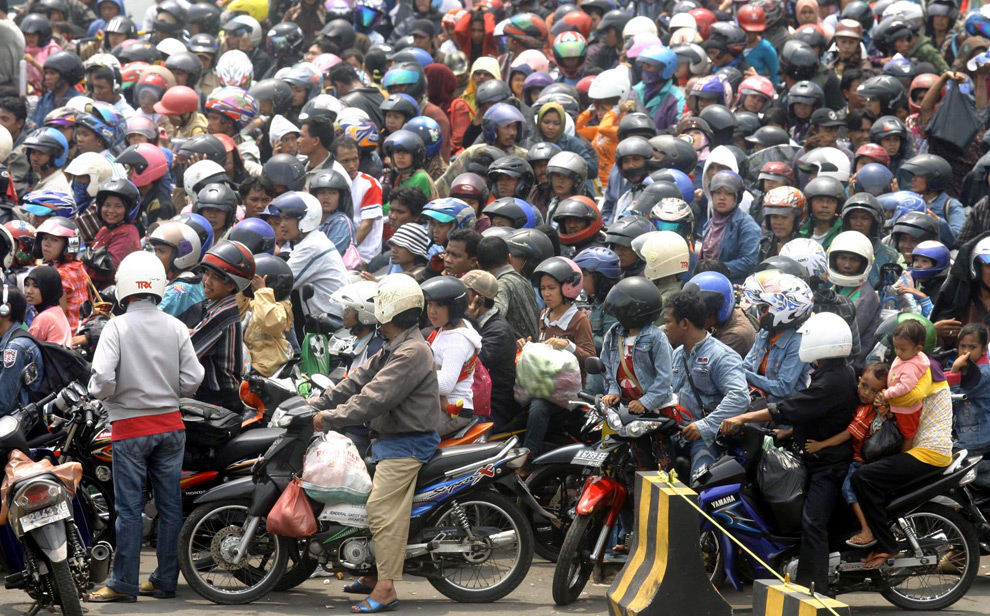
No comments:
Post a Comment